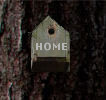 |
Northwest Conifers |
AboutAll ConifersConifersLow-elevationHigh-elevationOthersEast SideSouthwestNon-natives——————Conifer ConesIndexMore Info |
Firs – AbiesThe firs are often called the "true firs" to distinguish them from Douglas fir. The cones of the firs are perched on the top of the upper branches, and fall apart at maturity, leaving a cone core spike on the branch. So you won't find any fir cones lying under the trees unless a squirrel cut them loose and dropped them. The bark is smooth with resin blisters on younger stems and has furrows between smooth plates on larger trunks. The needles have an orderly, groomed look, usually flattened or curved upwards. All the needles of Northwest firs come to a point that is soft and not prickly. Finally, when the needles fall off, they leave round, flat scars on the twig. The scientific name of the genus is from the Latin abeo, which means "to rise."
HybridsHybrids of these California firs grow in southwest Oregon.
|
©
2014 Ken Denniston
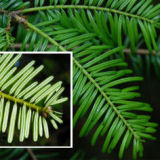 Grand
Fir
Grand
Fir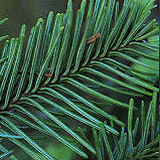 Noble
Fir
Noble
Fir 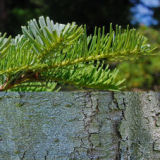 Pacific
Silver Fir
Pacific
Silver Fir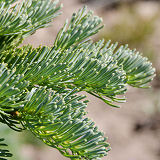 Subalpine
Fir
Subalpine
Fir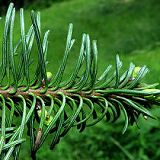
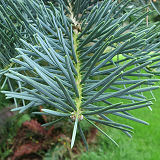 White Fir
White Fir